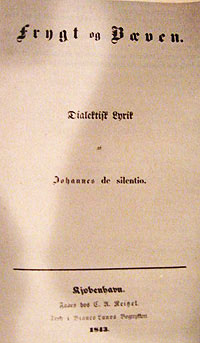
Fear and Trembling is a philosophical work by Søren Kierkegaard, published in 1843 under the pseudonym Johannes de silentio. The title is a reference to a line from Philippians 2:12, which says to “continue to work out your salvation with fear and trembling.” The Philippians verse is sometimes thought to reference Psalm 55:5, which says, “Fear and trembling came upon me.”
Íñigo Arista was a Basque chieftain and the first king of Pamplona. He is thought to have risen to prominence after the defeat of local Frankish partisans at the Battle of Pancorbo in 816, and his rule is usually dated from shortly after the defeat of a Carolingian army in 824.
Gonzalo Parra-Aranguren was a judge at the International Court of Justice in The Hague, Netherlands. He was born in Caracas, Venezuela, and was married to María Trinidad Pulido Santana. He served as a Professor at The Hague Academy of International Law in 1988. He is the author of numerous legal textbooks.
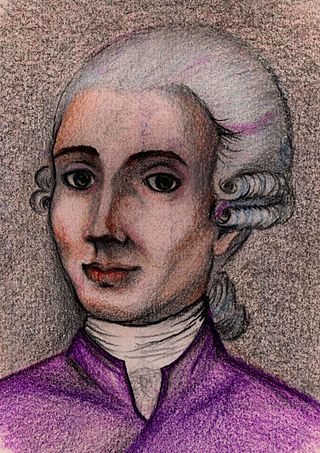
Giovanni Francesco Giuseppe Malfatti, also known as Gian Francesco or Gianfrancesco was an Italian mathematician. He was born in Ala, Trentino, Holy Roman Empire and died in Ferrara.
The Campeonato Paraibano is the football league of the state of Paraíba, Brazil.
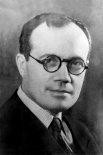
José Américo de Almeida was a Brazilian writer, a politician, a lawyer and a teacher.
António Castanheira Neves is a Portuguese legal philosopher and a professor emeritus at the law faculty of the University of Coimbra.

Kurt Landesberger was an Austrian born Argentine film director of the 1950s and 1960s.
Jorge Silva Vieira, usually known as Jorge Vieira, was a Brazilian football player and head coach.

Joan Peiró i Belis was a Catalan anarchist activist, writer, editor of the anarchist newspaper Solidaridad Obrera, two-time General Secretary of the Confederación Nacional del Trabajo and Minister of Industry of the Spanish government during the Spanish Civil War.
"Houston, we have a problem" is popularly misquoted as a phrase spoken during Apollo 13, a NASA mission in the Apollo space program and the third meant to land on the Moon. After an explosion occurred on board the spacecraft en route to the Moon at 55:54:53, Jack Swigert, the command module pilot, reported to Mission Control Center in Houston, Texas: "Okay, Houston ... we've had a problem here." After being prompted to repeat his words by Jack R. Lousma, the capsule communicator at Mission Control, Jim Lovell, the mission commander, responded: "Ah, Houston, we've had a problem."
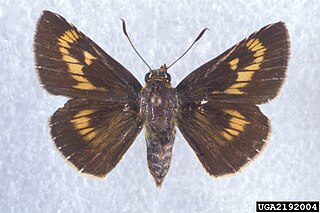
Problema byssus, the byssus skipper or bunchgrass skipper, is a butterfly of the family Hesperiidae. It is found along the Atlantic coastal plain of North America, from North Carolina south to Florida and the Gulf States and from northern Indiana west to Iowa and south to Missouri and Kansas.

Problema bulenta, the rare skipper, is a butterfly of the family Hesperiidae. It is hard to find within the United States. The species was first described based on a drawing.
The R-7 Expressway is a proposed expressway in Metro Manila, Philippines that will be partially elevated and partially underground expressway. Originally proposed in 1993, the project will be constructed over the most heavily congested corridors in Metro Manila, namely Quezon Avenue and Commonwealth Avenue. The expressway will be connecting Quezon City and the City of Manila with high speed transport facility, thus decongest traffic of at-grade road. It might be implemented in 2016–2018. The project is believed to cost PhP 23.980 billion.
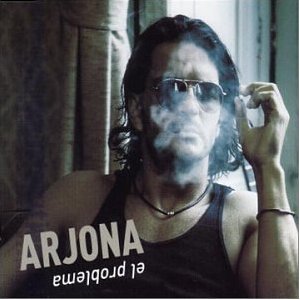
"El Problema" is a Latin pop song written, produced and performed by Guatemalan Grammy Award winner singer-songwriter Ricardo Arjona. It was released as the lead single from his ninth studio album, Santo Pecado (2002). It is also recognized as one of Ricardo Arjona's signature songs.
No problem is an English expression, used as a response to thanks. It is regarded by some as a less formal alternative to you're welcome, which shares the same function.

Paulo Artur dos Santos Castro de Campos Rangel is a Portuguese jurist and politician of the Social Democratic Party (PSD) who has been Minister of Foreign Affairs since 2024, in the XXIV Constitutional Government, led by Luís Montenegro.
Kockelellidae is an extinct conodont family.
Fryxellodontidae is an extinct family of conodonts in the order Proconodontida.
Dreampunk is a microgenre of electronic music characterized by its focus on cinematic ambience and field recordings, combined with various traits and techniques from electronic genres such as techno, jungle, electro, and dubstep.









